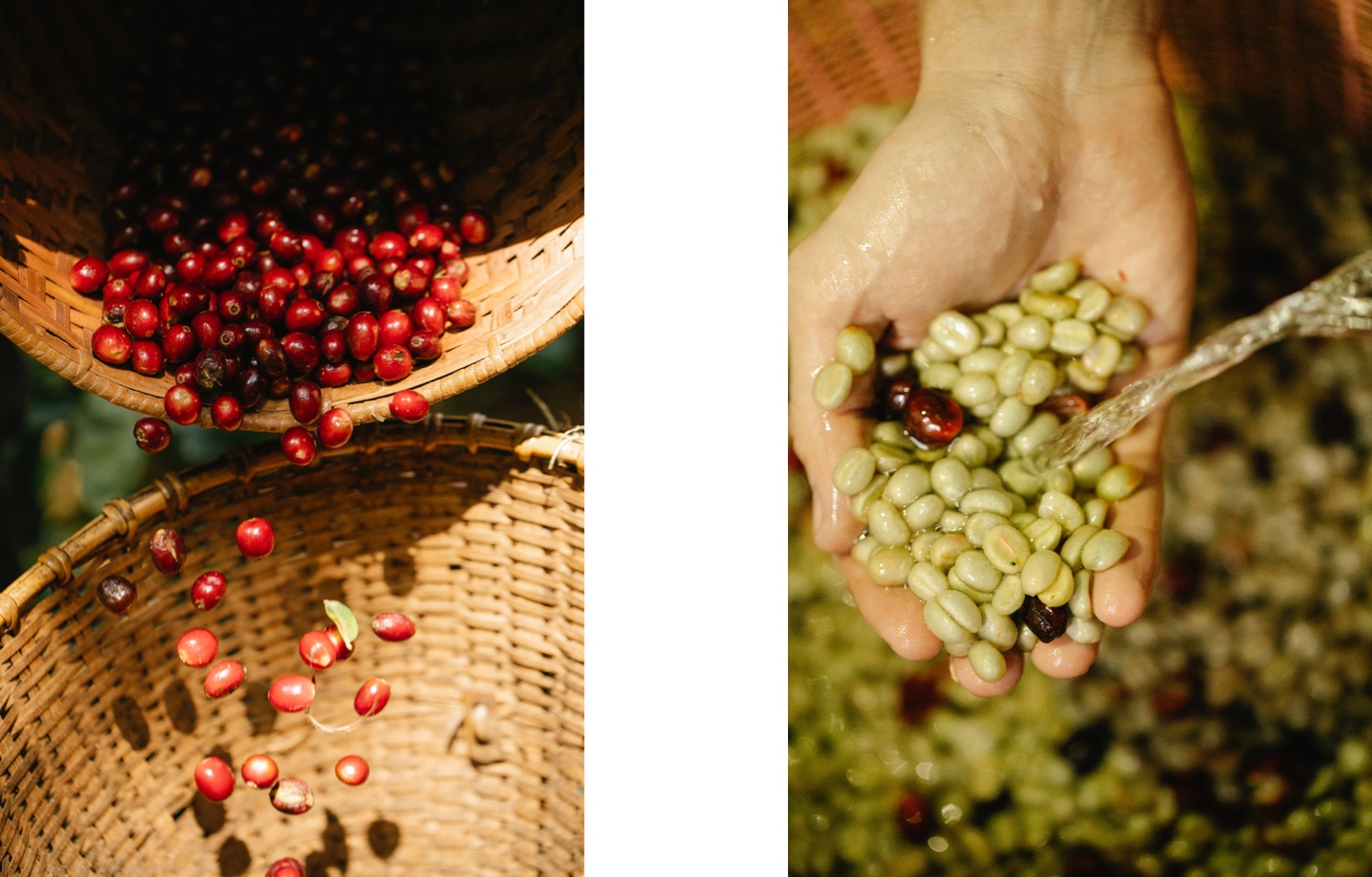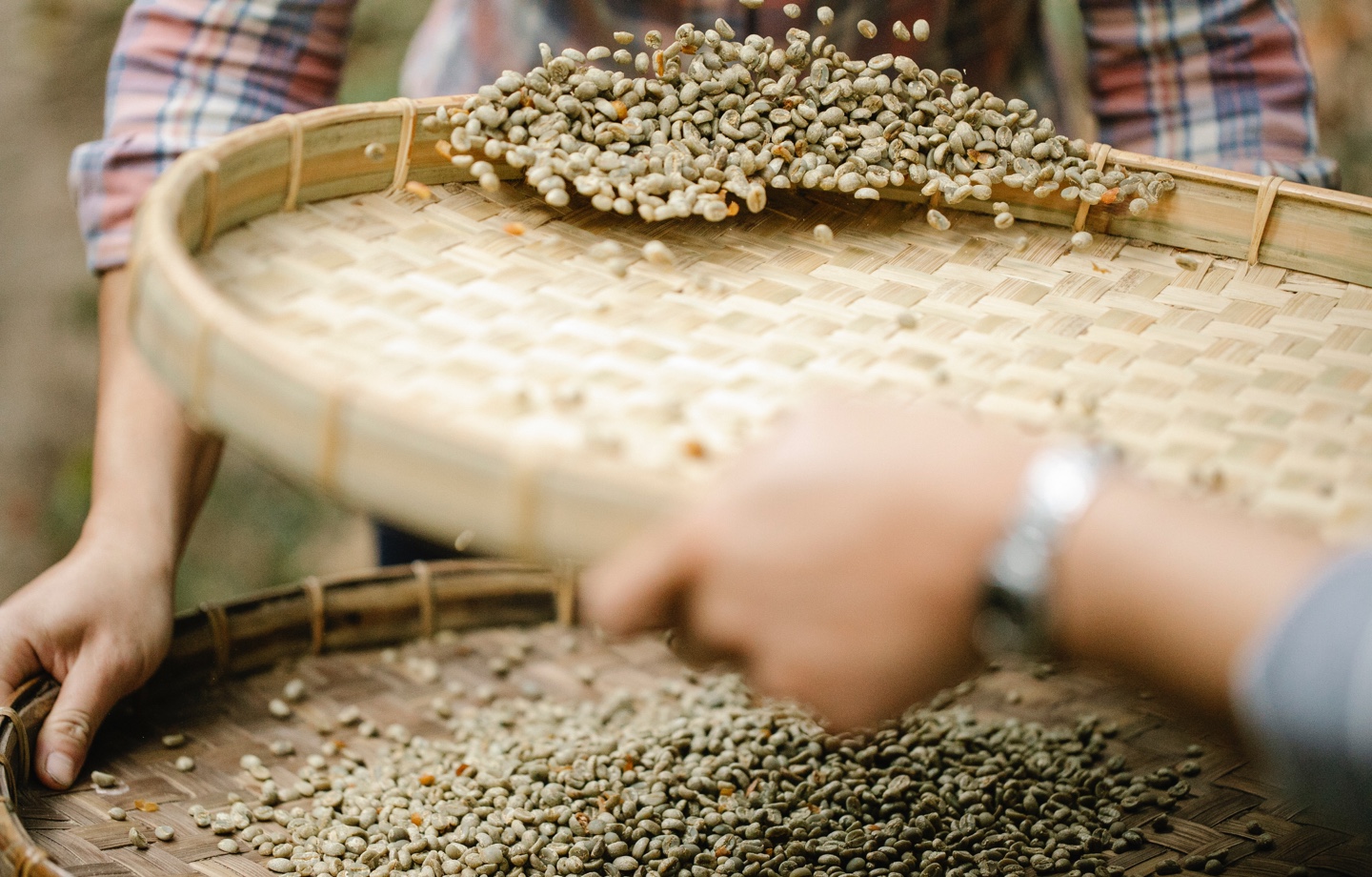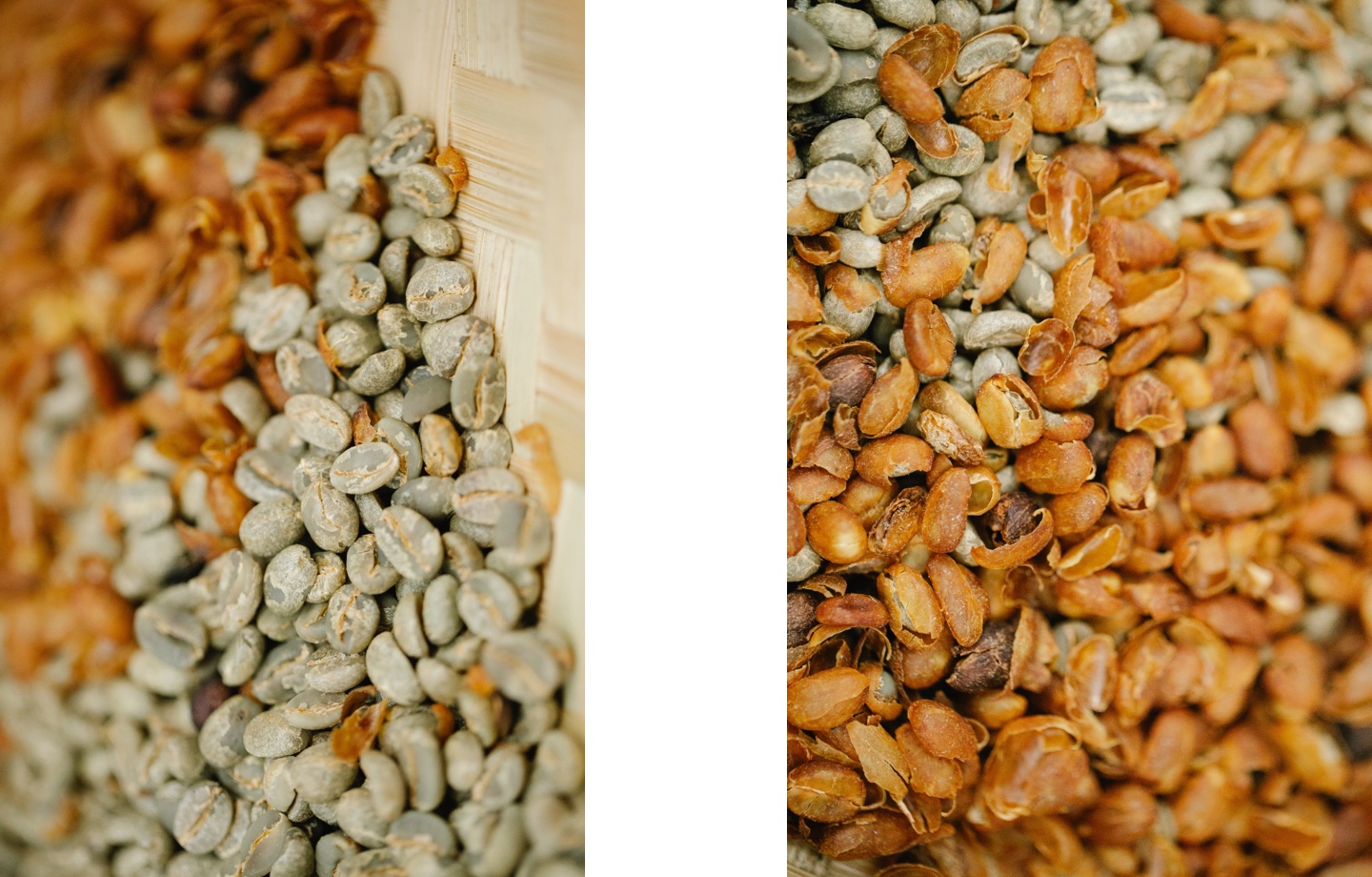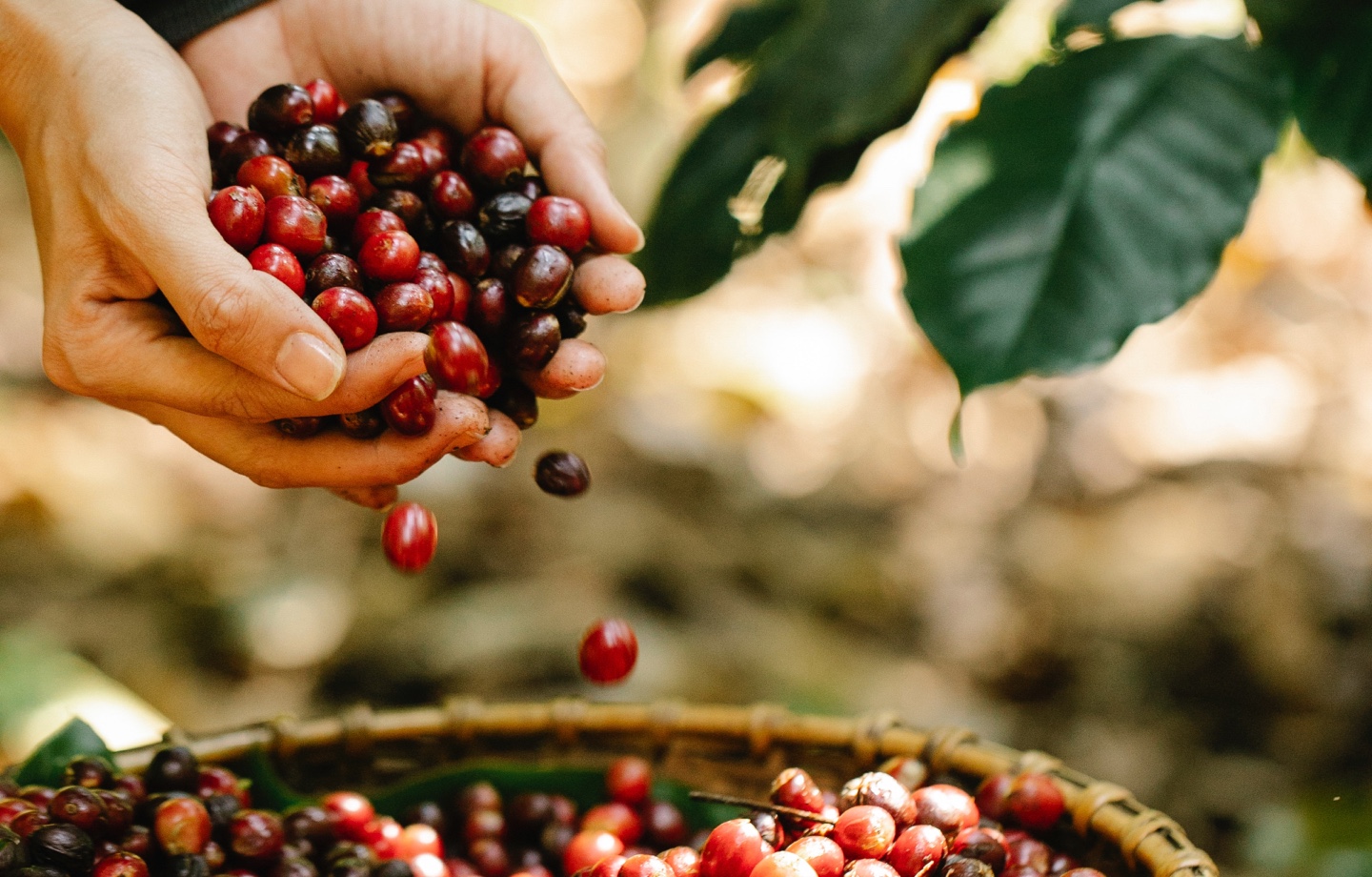Here’s why we can’t stop sipping honey coffee, a flavor-forward variety that’s more sustainable than your traditional brew.
The verdict is in. Coffee is the most popular drink in the U.S. (Sorry, tea devotees.) According to a recent report, coffee consumption is at a record high, with two-thirds of Americans opting for the caffeinated brew every day.
The downside? It takes about 170 liters of water to make a single cup of java. That’s a problem for our planet. Climate change, extreme weather, and rising temperatures mean water is more scarce and polluted than ever. Soaring demand for coffee exacerbates the water crisis that affects over a quarter of the world’s population.
In order to reduce the impact on the environment, more people are gravitating toward more sustainable options — like honey coffee.
Read more: Climate Change Is Coming For Your Coffee
What Is Honey Coffee?
Honey coffee, also referred to as honey-processed coffee, might be the lesser-known member of the family, but it’s the cool — and eco-conscious — cousin that everyone should know. Innovated by producers in Costa Rica, this type of coffee is characterized by its robust flavors and signature sweet note.
The “honey” in this variety refers to the sugary, sticky part of the coffee cherry called mucilage, which means “honey” in Spanish. During processing, the viscous layer is left to ferment on the coffee seed, which is then dried and roasted into the coffee beans. The caramelization of the mucilage adds a burst of sweetness and intensity to the final product.
This process uses less water than the washed method, which is the most common technique for preparing coffee. The conventional washed method consumes up to 80,000 liters of water per 1 tonne of dry parchment coffee, equivalent to 4.4 tonnes of fresh cherries. It involves multiple rounds of washing to remove all of the skin and fruit, including the mucilage, from the coffee cherry in order to isolate the seed for fermentation and roasting. During the honey process, only the skin and pulp of the coffee cherry are washed off. The sticky “honey,” after drying on the seed, is removed manually by hand, reducing the overall water footprint from farm to cup.

Read more: How Water For People Tackles the Global Water Crisis
Another issue with coffee production is the high levels of water pollution it produces. When the pulp and other parts of the cherry are released into nearby waterways, the soil erodes, and surrounding communities and aquatic life suffer. By using less water, honey coffee production reduces the amount of organic waste introduced into our environment, which helps protect ecosystems and our drinking water.
In short, sustainable practices, like the honey coffee process, offer ways to adapt to our environment’s changing conditions and preserve valuable resources crucial to the survival of people and the planet.
Types of Honey Coffee
This robust varietal isn’t just more environmentally friendly, it also opens the door to new tasting experiences. There are many types, too — ranging from dark to light variations — and they’re categorized by the amount of mucilage left on the coffee beans prior to fermentation.
Here are the four main types.
Black possesses the highest level of mucilage on the coffee beans and is the sweetest and most complex in flavor. It’s often described as full-bodied and syrupy. Black honey coffee is also considered the rarest because it requires frequent, manual checks to prevent over-fermentation.
Red is made by removing up to half of the mucilage. It’s slightly less intense than black honey varieties but — like black honey — is often used to make espressos.
Yellow is next on the scale of intensity. Fermented with less mucilage than red honey coffee, it resembles real honey and offers a balanced, smooth flavor.
White has very little or no mucilage. Compared to the others, it is less sweet and bears a crisp and bright quality.

Read more: How to Limit Plastic Waste With Your Morning Coffee
Our Favorite Honey Coffees
Ready to kickstart your honey coffee journey? Here are some coffee slingers we recommend.
- Alma Coffee – Women-led and co-founded by a fifth-generation farmer, Alma Coffee grows and harvests their honey coffee directly from their family farm in Honduras. Even better, they offer a subscription so you’ll never run out.
- Bean & Bean Coffee – Started by a mother-daughter duo, this New York roaster has one of the most extensive selections of honey coffee on the market. And you can rest assured their beans are ethically sourced, with a commitment to investing in and uplifting women farmers.
- Greater Goods Coffee – Named the 2021 Micro Roaster of the Year, Greater Goods Coffee has perfected a red honey coffee that java enthusiasts can’t wait to take home. Plus, you’ll be sipping for good — each of their coffee blends directly supports local charities.
- Pure Coffee Club – This online retailer features a lineup of rare, single-source coffees. And their honey coffee is for those with a bit of a sweet tooth — it boasts notes of chocolate and brown sugar.
- Trianon Coffee – Family-owned and based in Austin, Texas, Trianon highlights a variety of honey coffee from regions across South America and offers organic and Fair Trade options as well.
- Faro Roasting House – This Canadian coffee house roasts coffee only in small batches to ensure the coffee you’re drinking is always the highest quality. And their newest menu additions include unique Costa Rican black honey and yellow honey that are full of flavor.

Read more: How to Actually Remember Your Reusable Coffee Cup
Have feedback on our story? Email [email protected] to let us know what you think!

Shop Pillows
The Essential Organic Pillow Collection
Gentle, breathable, non-toxic support.







